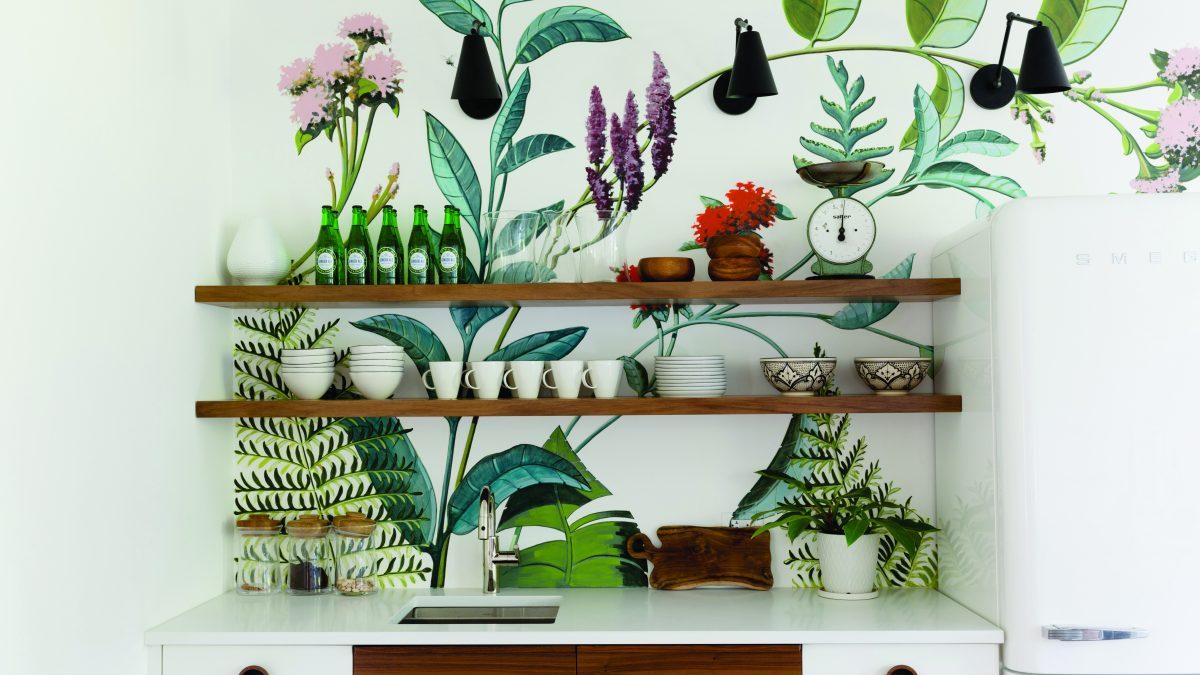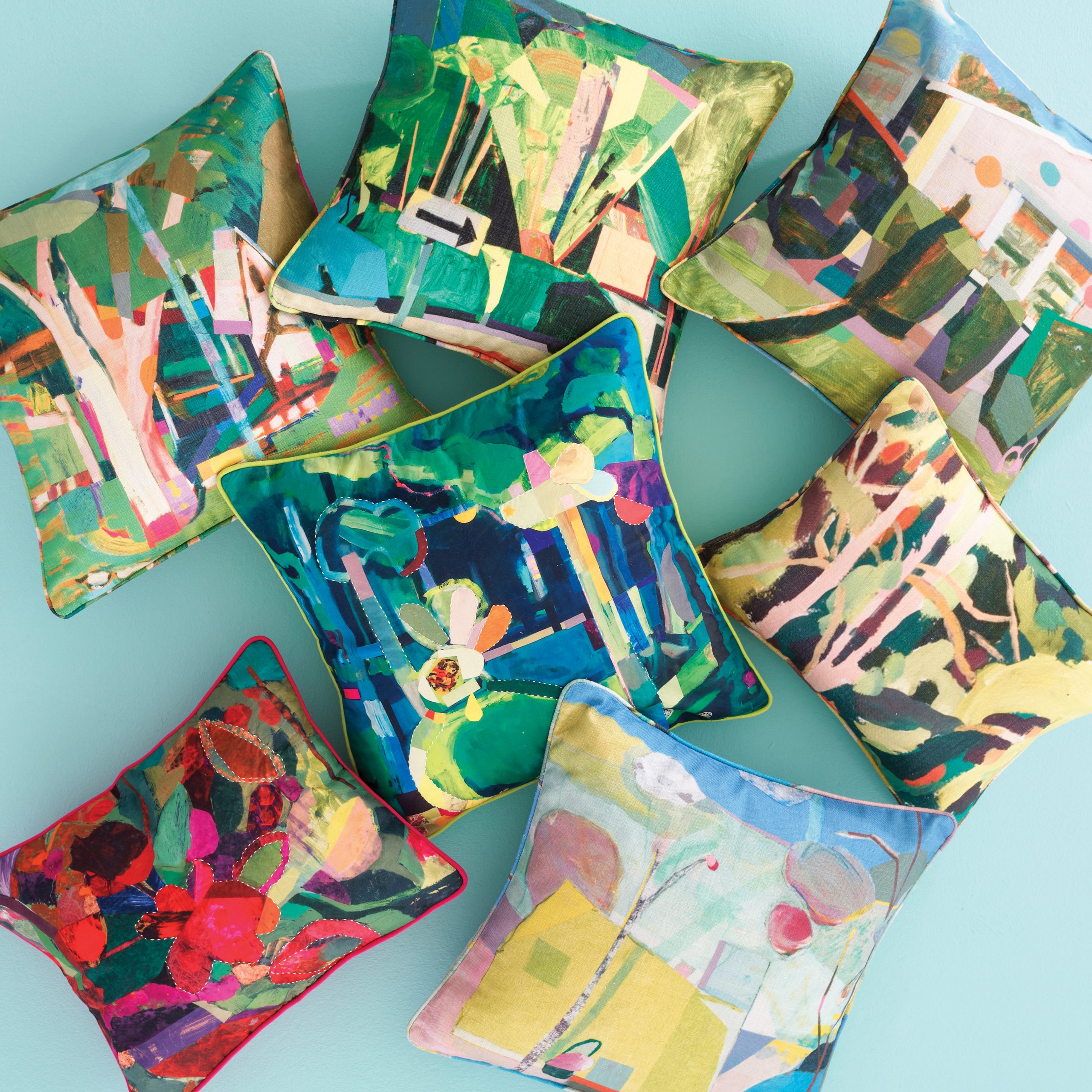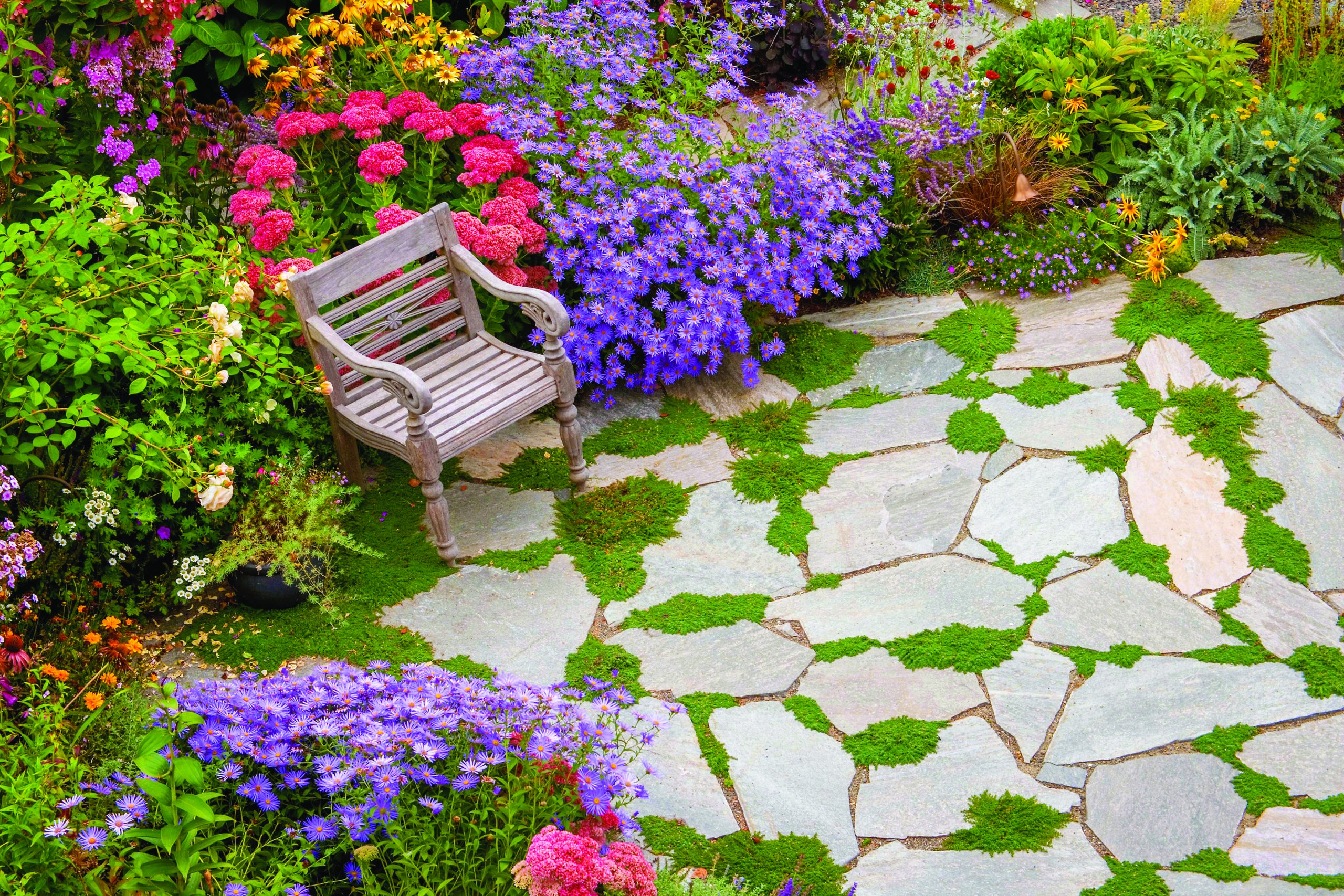7 tips from interior designers to refresh your home this spring
By Jennifer Huberdeau
After a year of spending more time in our homes than ever before, most of us are ready for a change. And what better time of year than spring to refresh a room or your entire home?
To get you started, UpCountry asked local experts for seven simple tips to refresh a space, as well as tips to help get you started on larger home projects.
Meet the designers
Amy Krane Color
Amy Krane, architectural color consultant
Ghent, N.Y
917-843-3553; amykranecolor.com
Old Brick Furniture and Mattress Co. Interior Design Services
(Formerly Bennington Furniture)
Tara Duncan, interior design and sales director
Locations include Bennington and Manchester, Vt., and Pittsfield, Mass.
oldbrickfurniture.com
Jess Cooney Interiors
Jess Cooney, lead designer and CEO
Great Barrington, Mass.
413-329-6535; jesscooney.com
Schonfeld Design Associates
Alan Schonfeld, founder and chief consultant
Offices in Richmond, Mass., and Long Island, N.Y.
631-484-7349; schonfelddesign.com
Studio Riggleman
Christopher Riggleman, principal, and Jonathon Loy, COO
Monterey, Mass.
413-300-4006; studioriggleman.com
Tallon Lumber
Brion Tallon, vice president
Canaan, Conn
877-532-5007; tallonlumber.com
Don’t ignore your mudroom

It’s not the formal entryway into the home, but this functional, secondary space is just as important and one you probably use almost every day. Just because it’s the spot to shed your winter gear and muddy spring boots doesn’t mean it should be overlooked.
Jess Cooney, lead designer and CEO of Jess Cooney Interiors in Great Barrington, Mass., suggests simple, seasonal changes to this space that not only will make it feel new again, but also will play a role in organizing it.
The big ‘to-do’ item in the spring and again in the fall, she said, is to clean everything up, air the room out and shake out the rugs.
“I like to do a big mudroom refresh by taking everything off the shelves, out of the closet and baskets and off the hooks and dump it into the center of the room. I put back what is seasonally appropriate and put the rest in bins and store it in the closet,” Cooney said.
Do:
- Put a fresh coat of paint on the walls.
- Spruce up the space with new storage baskets and bins.
- Change the fabric of your bench cushion. “It’s something inexpensive that you can buy or make yourself and a great way to add a pop of color into a room.”
Prioritize your floor
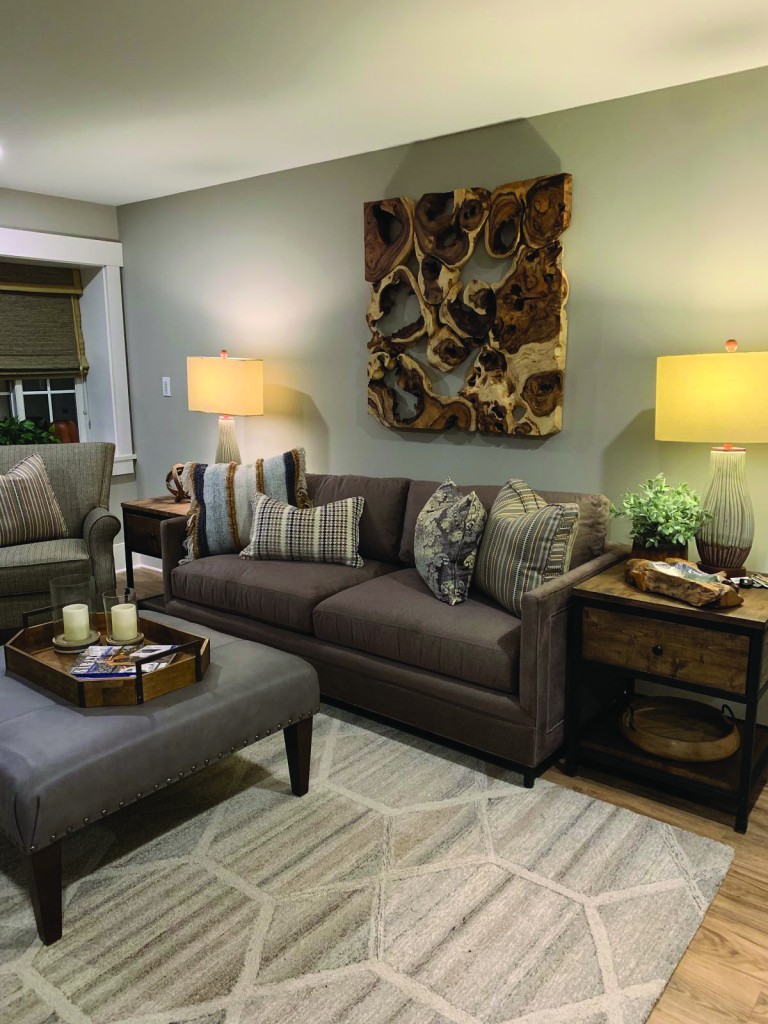
Your floor is more important than you realize. It can impact everything from the lighting in the room to the overall design aesthetic. Selecting the right flooring for your home is key. And details matter, especially when choosing wood flooring.
“Lately, people are choosing wood flooring that is wider and lighter in color,” said Brion Tallon, vice president of Tallon Lumber in Canaan, Conn. “The texture or grain of the wood is where you want to start.”
One thing to consider is whether you’ll be staining it. Woods like cherry, walnut, maple and birch have very tight grains, or little space between their tree age rings, and don’t take stains well, while white oak and ash have loose grains and accept stains well.
“Ash and white oak woods are the most popular now,” Tallon said. “After that, you need to decide if you want a clear or rustic finish. Rustic is wood with more knots and character marks. Right now, nine out of 10 homes in the area have rustic floors.”
Do:
- Buy area rugs that are the correct size for your space. Tara Duncan, an interior designer and sales director with Old Brick Furniture and Mattress Co. (formerly Bennington Furniture), says a rug that’s too small “draws the eyes down and makes the space feel smaller.” To create a more proportional feeling, purchase a rug that stops just behind the front legs of your furniture.
- Choose between finished and unfinished wood. Finished wood already is sealed and stained, making installation faster. Unfinished wood will need to be sanded, but can be stained to your liking.
- Wall-to-wall carpeting is expected to make a comeback in 2021. The trend is attributed to the availability of bolder colors and new plush fabric choices.
Hang art in your public spaces
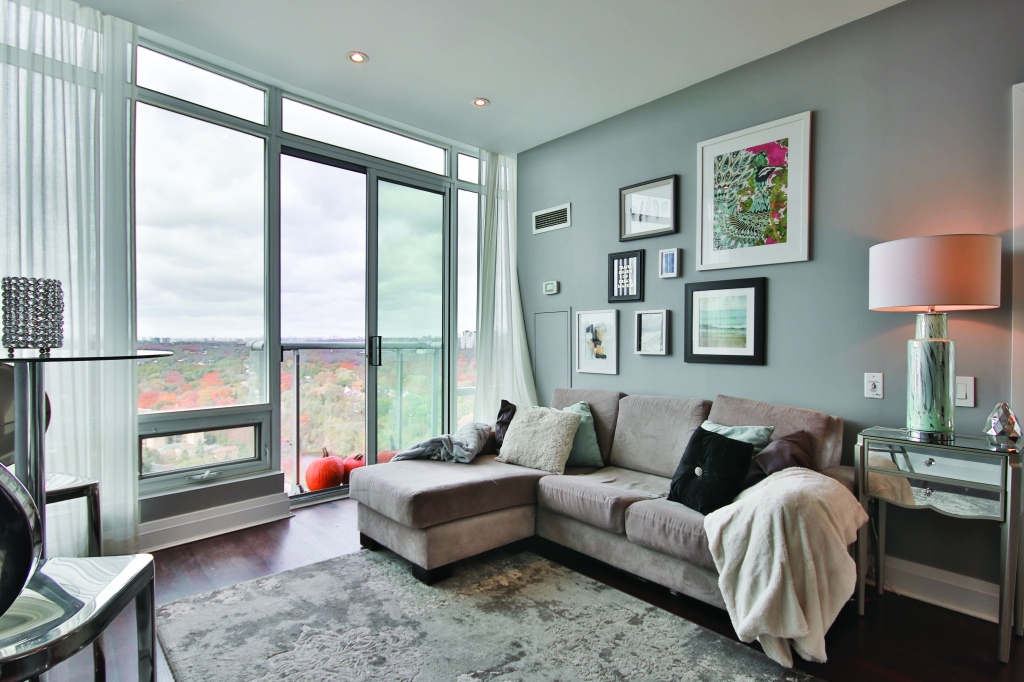
There are walls meant for art and walls meant for family photos, according to Alan Schonfeld of Schonfeld Design Associates, a New York City-based full-service design studio that soon will have weekly hours in the Berkshires. Schonfeld, whose parents owned a second home in Hillsdale, N.Y., is renovating a home in Richmond, Mass.
“Your living room walls are for artwork, not a gallery of family photos,” he said. “Family photos are meant for more intimate spaces — your den or family room, an upstairs hallway, even bedrooms.”
Do:
- Make an effort to hang art and decor at a level where it can be viewed easily by individuals of every height.
- Display your artwork asymmetrically. This allows you to hang pieces in a variety of sizes and shapes together.
- Don’t be afraid to seek out an expert. Many home designers either offer installation services or can direct you to one.
The dos and don’ts of accent walls

It’s no secret that an accent wall is a popular way to add a pop of color to any room. But, it’s important to use this flexible and popular decorative mainstay in the right way.
DO select a wall that already is a focal point because of its architecture or function, says Amy Krane. Try it here: the fireplace wall, the wall behind your headboard, a wall at the end of a hallway, a wall highlighting artwork.
DON’T be afraid to paint it a dramatic color, says Alan Schonfeld. But, be sure to balance strong colors with neutral wall colors on other walls in the room.
DO coordinate your accent wall with the decor of your room. Throw pillows that have the same color in their design are an easy way to tie the room together.
DON’T limit yourself by only using paint. Chris Riggleman suggests trying a decorative wallpaper or creating a texture or pattern on the wall.
DO consider painting a mural on a wall. Jess Cooney says “It’s easy to do and it can be changed so easily. You can paint over it in a year or two.”
Need a change but don’t want to commit to changing the entire color scheme of a room? Interior Designer Jess Cooney suggests painting a mural.
Contemplate adding color

“When refreshing a room, the first things to consider are the existing colors that you’ll be working with. What color is the floor, the fixtures and the furnishings which will remain?” says Amy Krane, architectural color consultant at Amy Krane Color in Ghent, N.Y. “Determine whether you prefer wall color to blend or contrast with the existing colors. Take note of colors in adjoining rooms, keeping flow, cohesion and balance in mind.”
It might seem like a lot to think about, but don’t be intimidated.
“Paint is always a very easy change to make,” says Christopher Riggleman, principal of Studio Riggleman in Monterey, Mass.
The key to making the right color choice, he said, is living with the color for a few days by purchasing small sample cans and painting 2-foot sample squares on the wall you intend to paint.
“This way, you can look at it during the day and at night,” Riggleman said. “You should view it with natural and artificial light.”
Do:
- Use color. The fear of making a mistake when choosing paint colors often leads people to opt out of color and go the white or beige route, Krane says. “There is certainly a place for those neutrals, but they should not be employed just out of fear.”
- Seek out peel-and-stick adhesive samples (made from real paint) that can be purchased online from companies such as samplize.com, which offer the latest colors from most major brands. This will allow you to test colors in multiple rooms and lighting conditions, Riggleman said.
- Remember that colors seen on a screen won’t be the same as the color you see on a wall. Something that looks great on a website or even a 2D rendering could look dramatically different in real life.
Thinking about adding color?
“The first thing to know about color psychology is that an individual’s experiences and color predilections always supersede any color dogma. A particular color may be well-loved by many but could elicit a negative emotion for a few people. Blue is the world’s favorite color, but a select few find it melancholy.”
— Amy Krane, architectural color consultant at Amy Krane Color

When considering colors, Krane says:
Use muted and light, cool blues and greens, which are relaxing colors, for bedrooms and bathrooms.
Warm colors, like yellows and oranges, are inviting and should be considered for places where we gather, eat and socialize.
Green is known to enhance creativity and productivity.
Red should be used in small doses, as it’s both exciting and aggressive.
Start with the kitchen cabinets

The place to start when considering a kitchen renovation? The cabinets.
“I always assess the cabinets to see if they really need to be replaced or if they can be refreshed by resurfacing them or painting them. Cabinets are one of the most expensive items to replace,” Cooney said.
Another essential piece of the design is the kitchen layout. Appliances should be placed so the workflow of the room isn’t constantly being interrupted. Cooney suggests placing high-traffic appliances and items — refrigerators, microwaves and snack drawers — on the periphery of the kitchen, out of the main cooking zone.
Do:
- Consider easy changes, such as swapping out dishes or chair cushions, to freshen up the room.
- Avoid trends, such as bright yellow walls in the kitchen. Certain shades of yellows, Cooney says, are associated with anxiety. “It’s the room people argue the most in and it’s already a very chaotic place.”
- When selecting new cabinets, Cooney suggests purchasing the best quality in your price range. She also recommends buying cabinets that will be easy to paint or refinish.
Choose the right lighting

Lighting is probably one of the most important elements of a space, Riggleman says. But, how many of us are thinking about the “color temperature” of a light when purchasing a fixture or picking up new bulbs?
“It’s the most common mistake when purchasing new lighting fixtures,” he said.
“Warm light” has a red to yellowish appearance, while “cold light” has a white to bluish appearance. It’s easy to purchase fixtures of varying temperatures if you are not paying attention.
Do:
- Make use of natural light in a room when you can. Mirrors placed strategically on walls can reflect natural light into darker areas of a room.
- Pay attention to LED color temperatures and lumens when purchasing bulbs and fixtures. It’s best not to mix them.
- Choose fixtures and lamps that are dimmable. You’ll have control over the “mood” of the room.
- Table lamps and task lamps are not only in vogue, but they also offer a reprieve from the harsh overhead lighting of offices and stores.
The Must List
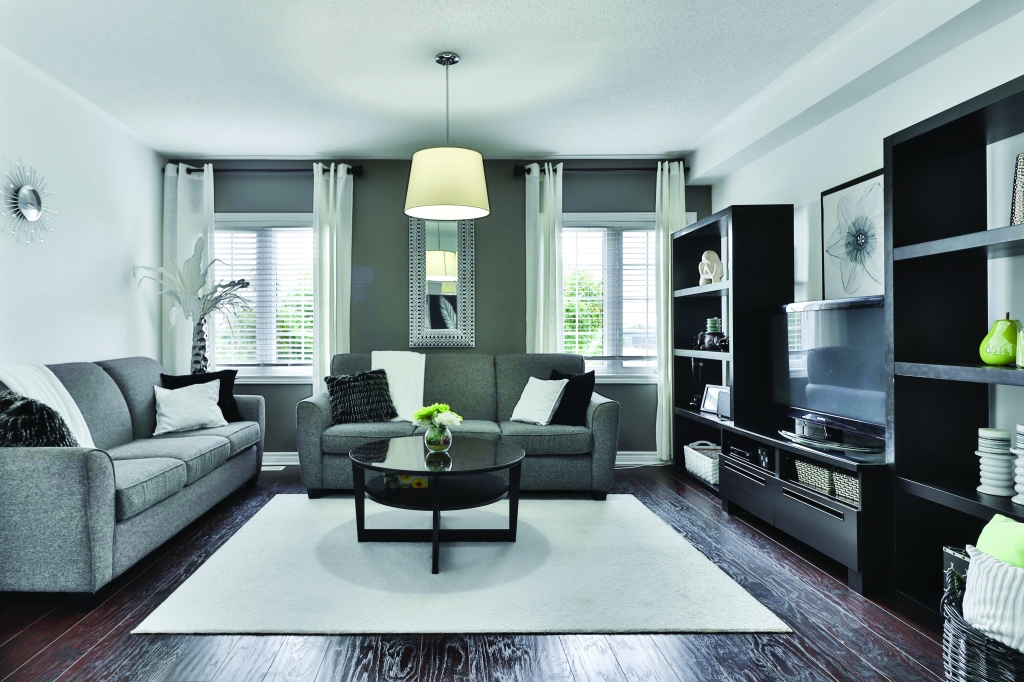
Before you decide to refresh or fully redecorate a room, here are few items everyone should be doing:
Set a budget
Our experts agree the most important thing about interior design is setting a budget
“A faucet is a faucet. You can get one at Home Depot for $49.97 and you can buy one for $4,000. At the end of the day, water still comes out of it — hot and cold,” Schonfeld said. “What people have to decide is where they are putting their money.”
Riggleman says it’s essential to consider the full scope of a project before diving in.
“If you’re on a tight budget or any budget, think about the sequence of design,” he said. “Come up with a wishlist of things you want to do. Maybe start with one thing, such as painting the room and once that is done, install new lighting or redo the furniture. It’s very easy for a budget to snowball out of control. ”
Declutter your space
With everyone spending so much time at home, working or attending school remotely, it’s not surprising that our living spaces are well, a little more lived-in and a little messier.
Riggleman suggests “an easy way to hit the reset button on your space” is to make tidying up the clutter a priority by setting aside a day to deal with it by putting it on your calendar every three months.
But what about clutter that isn’t caused by extreme circumstances? Schonfeld says it’s created by having “too much stuff in a room.”
“I find that it’s easy to have one more piece of furniture than you need,” he said. “It’s easy to place stuff on the corner of the counter or dresser and forget it. Simple is the way to go. I’ve been doing this for 40 years and can tell you do not need everything in one room. You don’t need to have your first tooth out on display.”
Let it go
Did your great aunt leave you her buffet cabinet? Don’t have room for it, but feel obligated to keep it? Don’t.
It’s OK to let it go, Schonfeld says. Instead of letting it collect dust in the corner: sell it, donate it or give it away.
“People end up cluttering rooms with stuff that in no way works in their house,” he said. “If you really want to keep something, make it work: reupholster it; restore it.”
Make sure you have enough space
“Buying furniture can be harder for couples than buying a house,” says Tara Duncan.
One way to alleviate some of the stress is to make sure the furniture you’re buying fits the space you plan on putting it in. Once you find the piece you want, Duncan recommends going home and mapping out the furniture with tape and newspaper. This way, she says, you’ll have an accurate idea of what the piece will look like in relation to other furniture and how it fits with baseboards and other architectural features.
Ask about alternatives
One way to keep within a budget, Duncan said, is to ask about alternatives.
“Designers are more than happy to go through that with you,” she said. “Our job is to help you achieve the goal of making your house into your home. There’s always an alternative.”
She said many furniture lines are designed with items that coordinate with items of higher or lesser price points, allowing clients to purchase the sofa and loveseat they really love and coordinate it with end tables that won’t put them over budget.
Don’t forget the windows
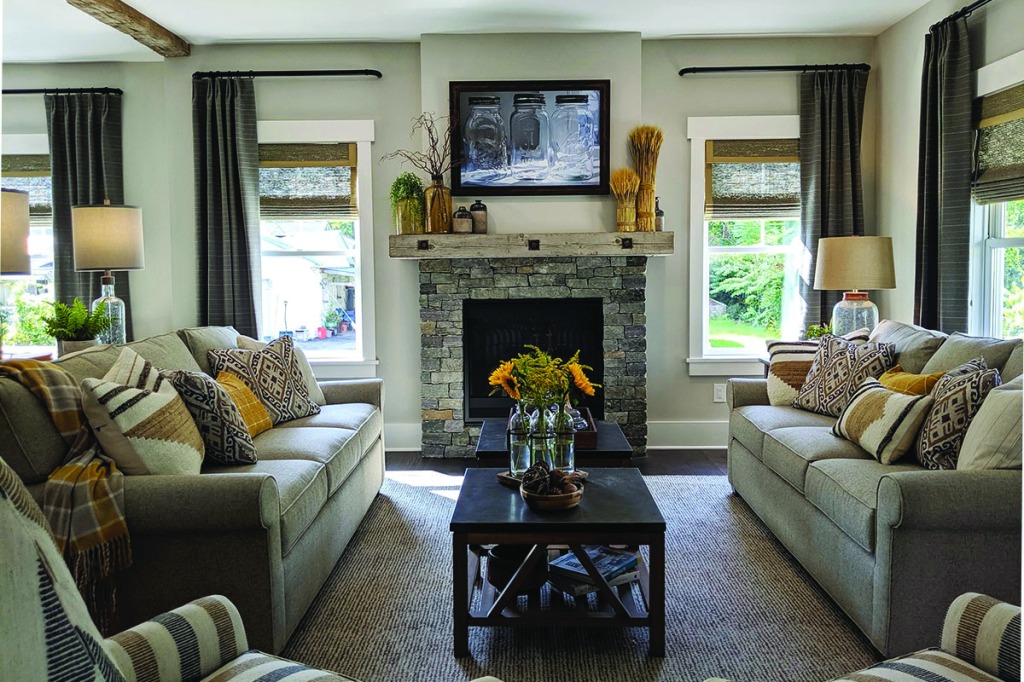
Window treatments can serve practical purposes, adding a layer of privacy or blocking out unwanted sounds from the neighborhood or offering thermal protection in homes with older windows. But, they also can help alter a room in an aesthetically pleasing way.
“You can elongate a room, make it feel taller, by placing your hardware higher than the window, which allows for longer drapes and curtains,” Duncan said.
Do:
- Panels and drapes can be used to soften and balance a room. Window treatments don’t have to be functional.
- Explore the myriad options available when it comes to window coverings. A valance could be all that’s needed in one room, while another might be better suited by longer drapes.
- Expect that sometimes the best option is to have no window treatment at all.
